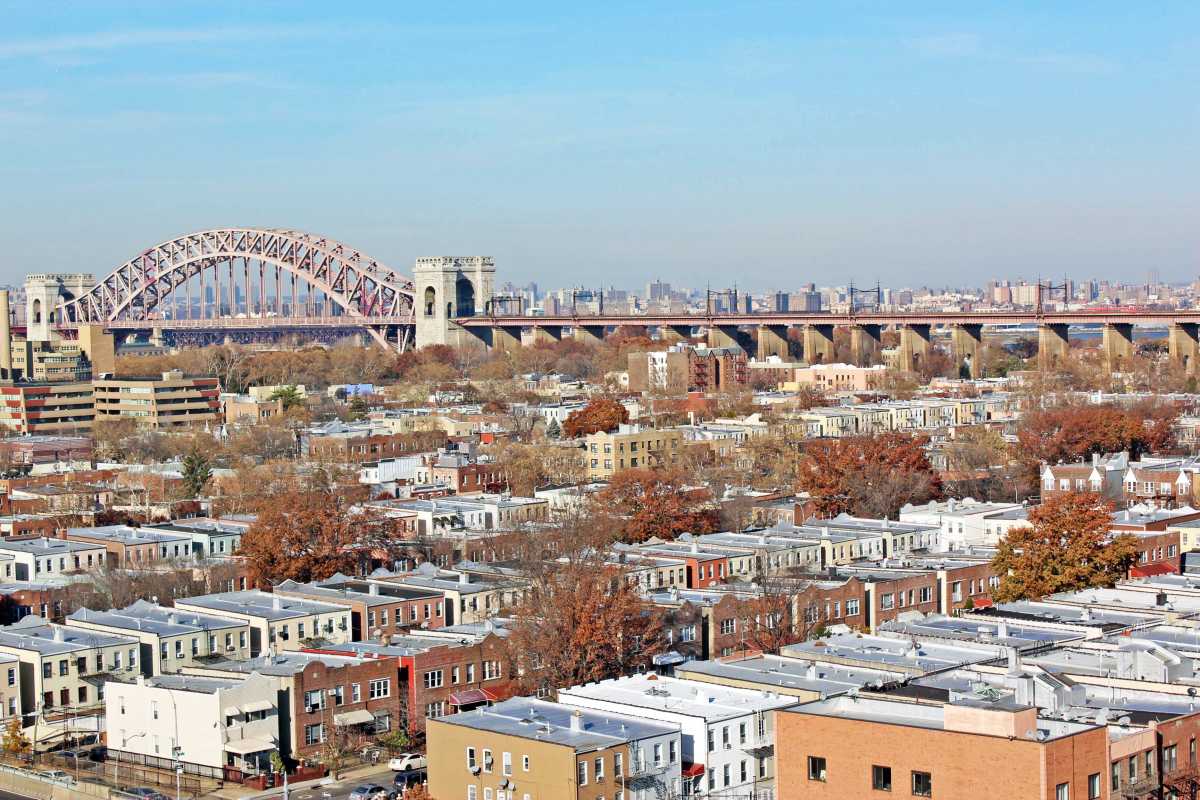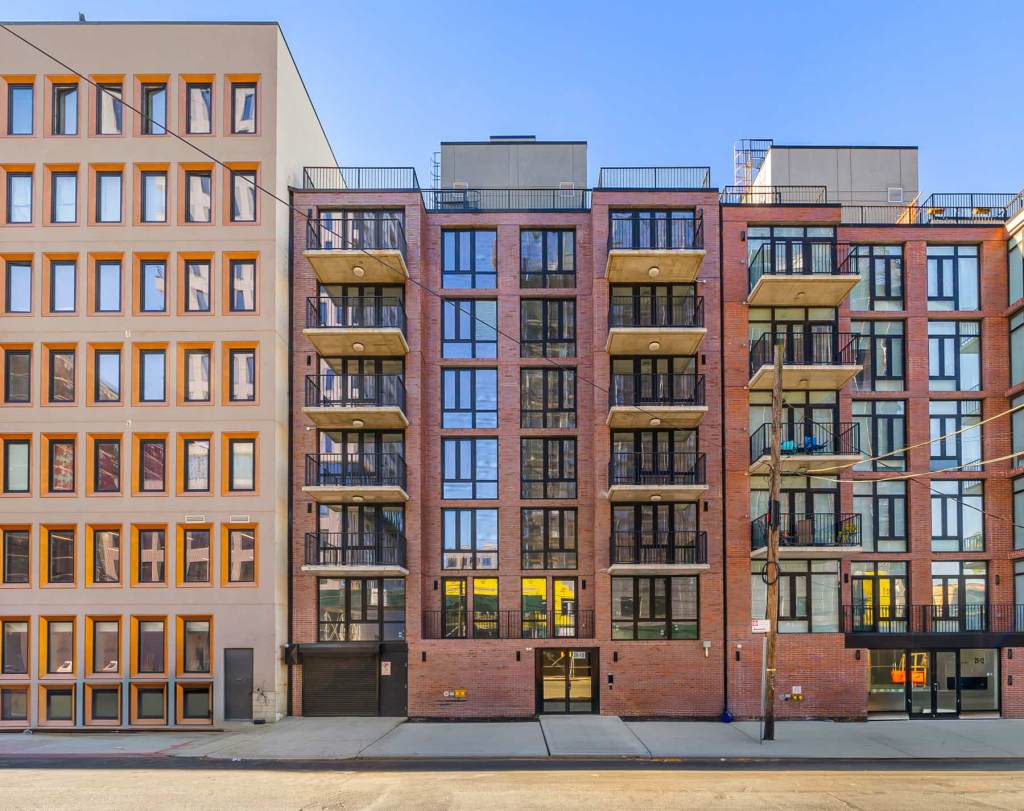BY THOMAS CARAMANNO
Luxury and convenience are within reach. The Craigslist ad for a completely renovated apartment in Astoria said so. The unit was just steps from the N/Q subway stop, had a laundry room and was situated on a quiet block off of Ditmars Boulevard. Yet the primary selling point that drove Jennifer, a claims agent for a Manhattan insurance agency, to request a viewing was the price—$1400.
But after contacting the broker, Jennifer was told that the ad had incorrectly listed the rent, which was in fact $1,900, and that the landlord required a security deposit as well as first and last month’s rent. This was in addition to the broker’s fee, which meant that Jennifer, who spent the past two years sharing a small apartment in Woodside with several roommates, would need to produce a whopping $7,600 to live on her own.
“I was totally appalled, not just because the ad was wrong, but the price was insane,” she said. “Who has that kind of cash laying around?”
For Jennifer and many other urbanites seeking housing in some of Queens’ most trendy neighborhoods, including Astoria, Sunnyside and Long Island City, luxury and convenience are not merely out of reach. They are simply unfeasible.
Over the past decade, rents have drastically increased in many areas of Queens as the demand for apartments in close proximity to Manhattan has proliferated. According to 2012 data compiled by The Daily News, the average rent for a one-bedroom apartment was $1,600 in Astoria and $2,400 in Long Island City. But as Jennifer’s story suggests, rents have continued climbing in the last three years alone, resulting in many residents being priced out of their own neighborhoods.
“What happened was all the people who couldn’t afford Manhattan started coming to Brooklyn and Queens,” said Paul, a real estate agent affiliated with Douglas Elliman. “And even now, those same people can’t afford Brooklyn and expensive areas like Long Island City, so they’re migrating over to Woodside and upper Astoria.” Paul even noted an uptick in the price of studio apartments, which are currently fetching between $1600 to $1700.
James, an actor who originally hails from Long Island, had also experienced immense difficulty affording the apartment he shares with a friend off 30th Avenue.
“We got the place four years ago and it was manageable, but the landlord just told us the rent is going up after our current lease expires,” he recalled. James said that he would have no choice but to move back in with his parents.
“Living back out on the island is far from ideal, and the commute to the city is much larger,” James said, “but it is what it is.”
Indeed, current market rate rents not only serve as a barrier to millennials and young professionals, but to older Astoria residents as well, some of whom have spent their entire lives living in the area.
“[For] what I pay now down here, I wouldn’t even be able to get a box in Astoria,” noted Michelle, referring to her recently purchased home in South Carolina. A lifelong resident of Astoria, Michelle and her husband found they outgrew their modest two-bedroom apartment once they had children, but were unable to afford to rent or purchase a house in the neighborhood.
“We were amazed how little you get, when you see what’s out there,” Michelle said. Following a yearlong search, she and her husband decided to look out of state and discovered that the South offered more space at an affordable price. “My kids are in good schools and we aren’t cramped up anymore,” Michelle said. “It was well worth it.”
While the quest for an affordable apartment has proven cumbersome for tenants, Astoria landlords have largely reaped the benefits of the neighborhood’s gentrification. Spiro, an owner of a three-family home, finds it easier to rent his apartments. “I used to worry about not finding tenants,” he said. “But the second I list [an apartment], I have a million phone calls and emails—it’s wild.”
When discussing rents, Spiro’s belief is that although Astorians pay top dollar for spaces, the end justifies the means. “Some people might complain that they’re paying too much, but you pay for what you get. And here, you get to live in a place that’s close to Manhattan and you can walk everywhere,” he explained.
Paul shares Spiro’s view, and predicts the housing market will only continue to boom. He also described his vision of what is to come: “I think you’ll start seeing people moving deeper into Queens for sure,” he explained. “But the bottom line is this is where people want to be, and as long as people keep paying top dollar, landlords will feel entitled to keep demanding it.”





































